WE PROVIDE Pesticide-free
Mole Elimination Services
Our service comes with a ten (10) day guarantee if new tunnels emerge.
An additional mole deterrent can be applied (optional)
Full year protection programs are available
Pricing is based on up to 2,500 sq. feet of property
The pest control operator faces a unique problem with moles. Every year we receive calls concerning damage to lawns, playgrounds, cemeteries and gardens caused by these mammals. There are only a few control measures that one can use due to the habits of these lawn pests.
Moles are mammals of the Order Insectivora. They are not to be confused with rodents. The adults measure from 5 to 8 inches (13-20 cm) in length and have dark gray or brown fur.
Their feet, nose and tail are pink. The snout (or nose) of the mole is fleshy and serves as a touch organ. Their eyes are small, sometimes concealed by fur, and only light sensitive, allowing the mole to distinguish between light and dark. The front feet are broad and are equipped with well-developed claws for digging.
Moles produce one litter a year in the spring, averaging three to four young. The young | will stay with the female in her tunnels for about a month and then will begin tunneling on their I own. The young develop very quickly and reach adult size in four to eight weeks. Populations fluctuate slowly, increasing when the habitat becomes favorable and decreasing when food is scarce. Young females will not breed until the following year.
The primary food of most species is earthworms, however other arthropods and insect larvae found in the soil are readily eaten. However, some plant material, such as roots and bulbs, may also be consumed as they tunnel through the soil.
Moles build an extensive complex of tunnels varying in depth. Tunnels close to the surface may be visible while the deep tunnels remain concealed. Shallow tunnels that appear as raised ridges are usually mole feeding tunnels. These tunnels are generally used a few times and then abandoned. Surface activity occurs most consistently in the spring and fall of the year. Deep tunnels are used as living quarters where they retreat from cold, drought, heat and other adverse conditions. They also use the deep tunnels for rearing their young. A mole hill is built of dirt pushed up from these deep tunnels. The number of surface ridges or dirt mounds is not indicative of the number of moles present.
Moles can be active at any time, day or night, and depending on geographic location, all year long. The mole very seldom appears above the ground; if it does, it is usually at night during spring dispersal. Tunnels may be invaded by other animals, most notably shrews, voles, mice, rats or pocket gophers.
Control of moles can be a difficult situation, but knowledge of the behavior, biology, and the variety of control techniques available will make this formidable task much easier.
Information courtesy of: NPMA
Services Offered

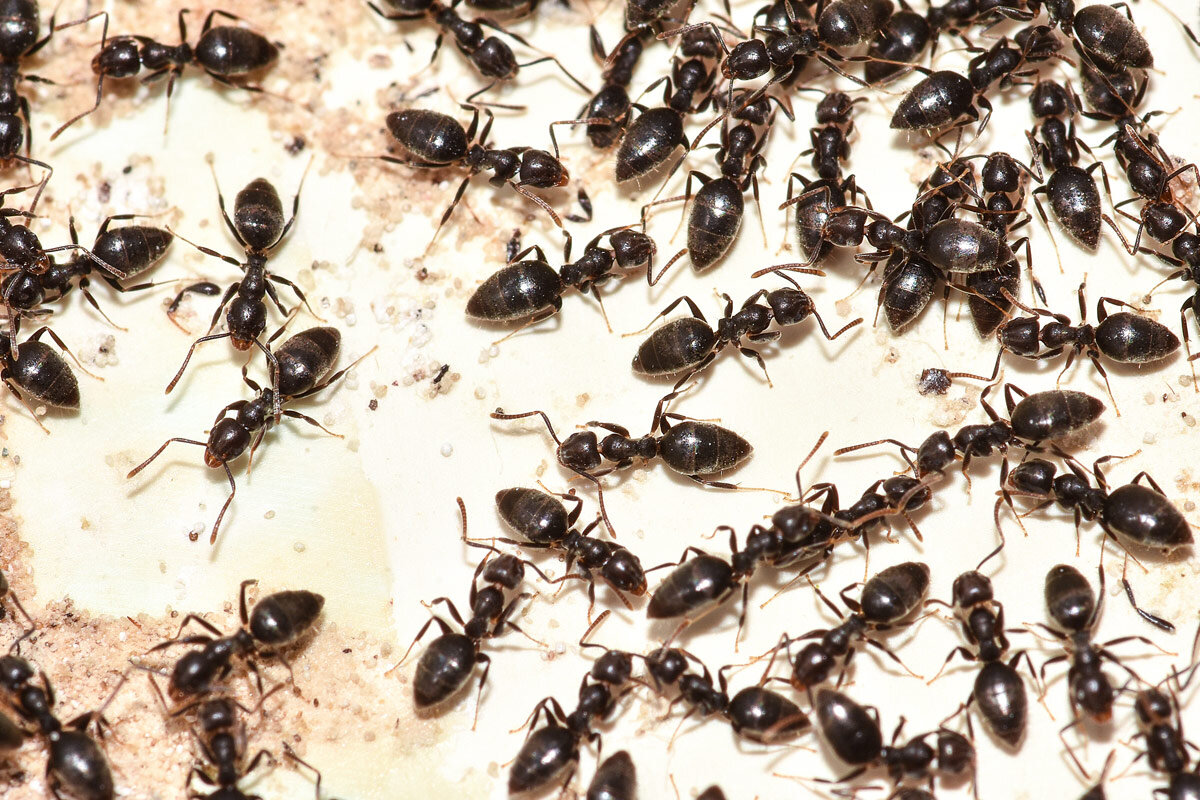
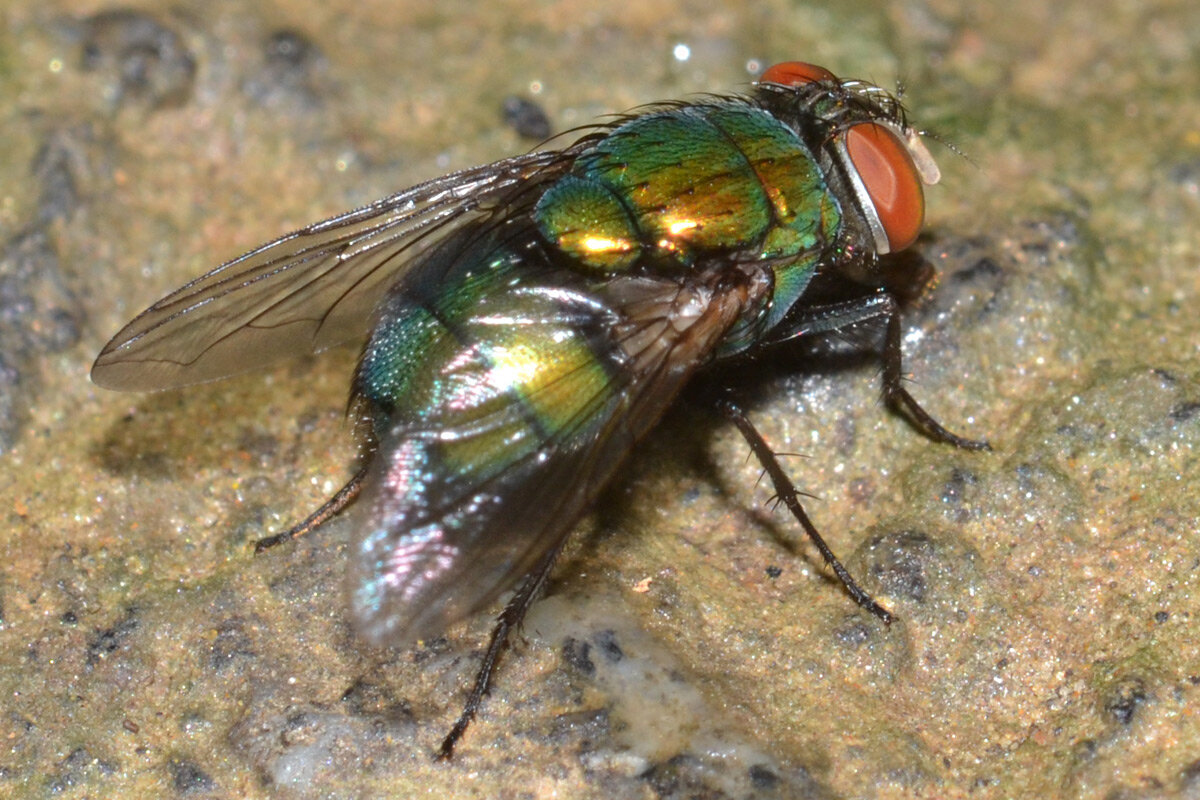
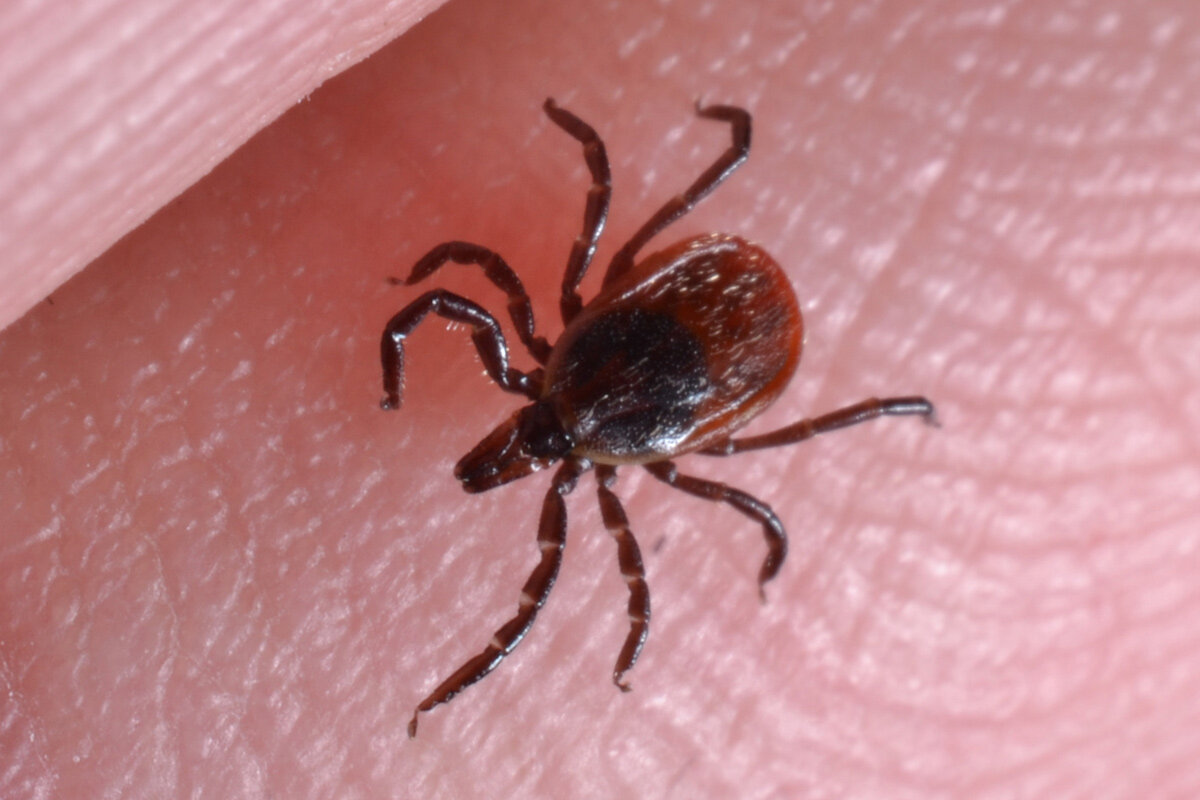
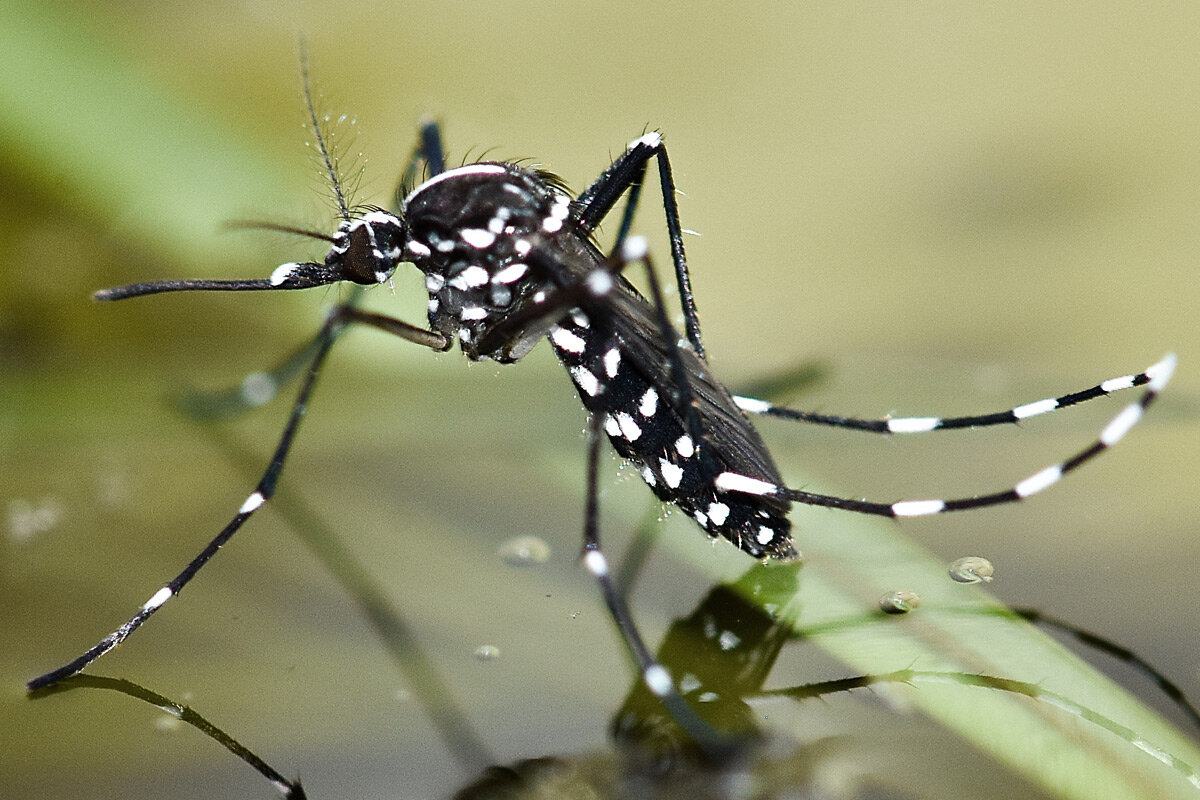
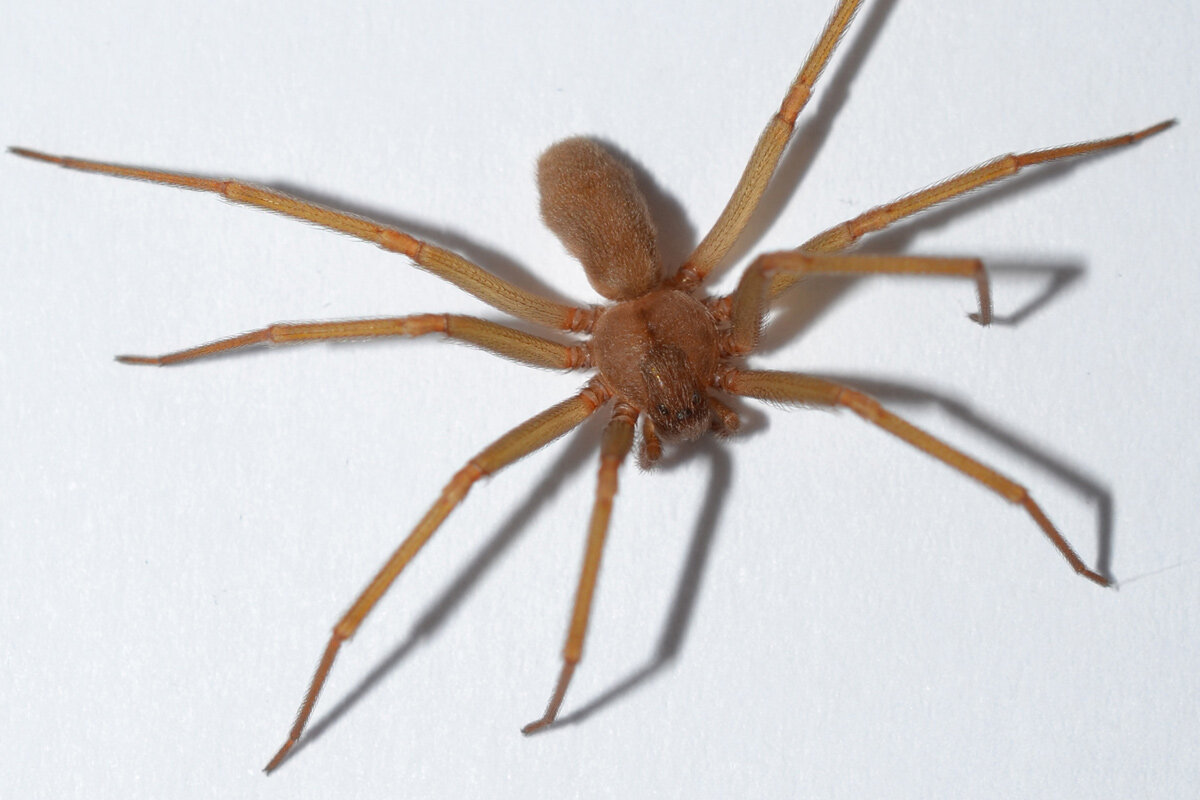

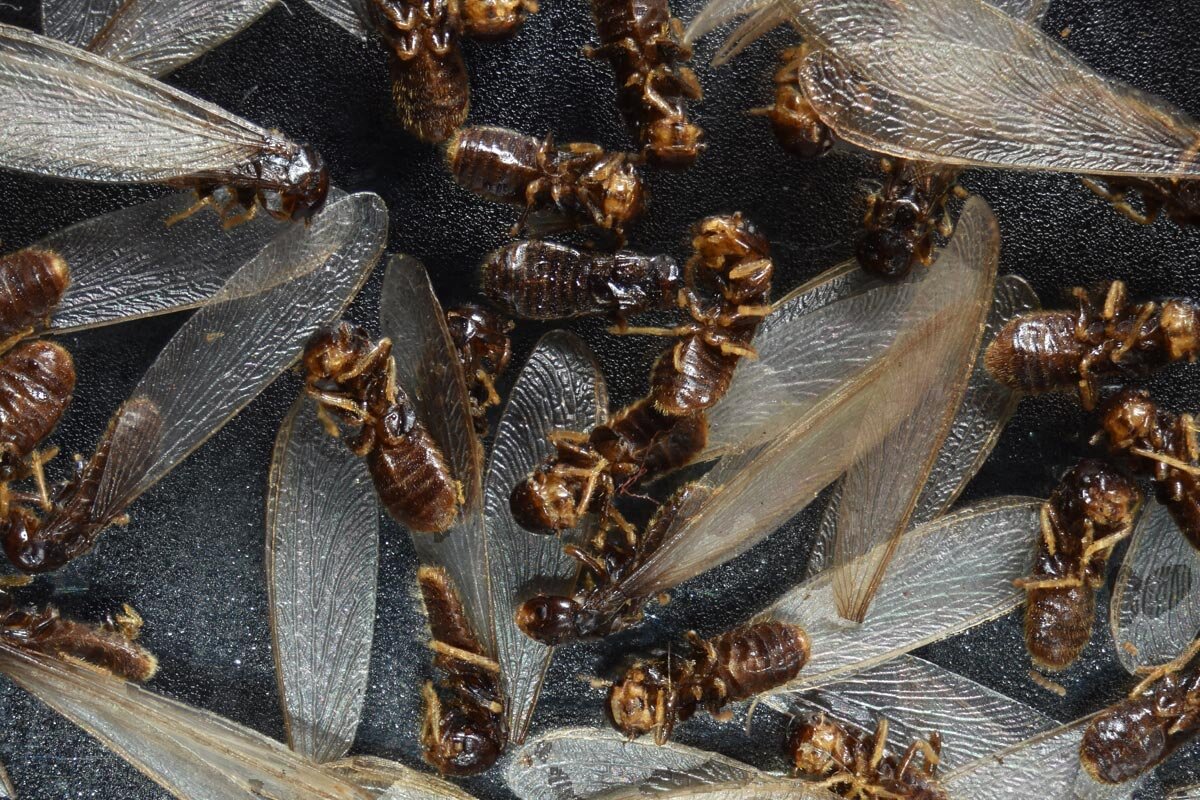
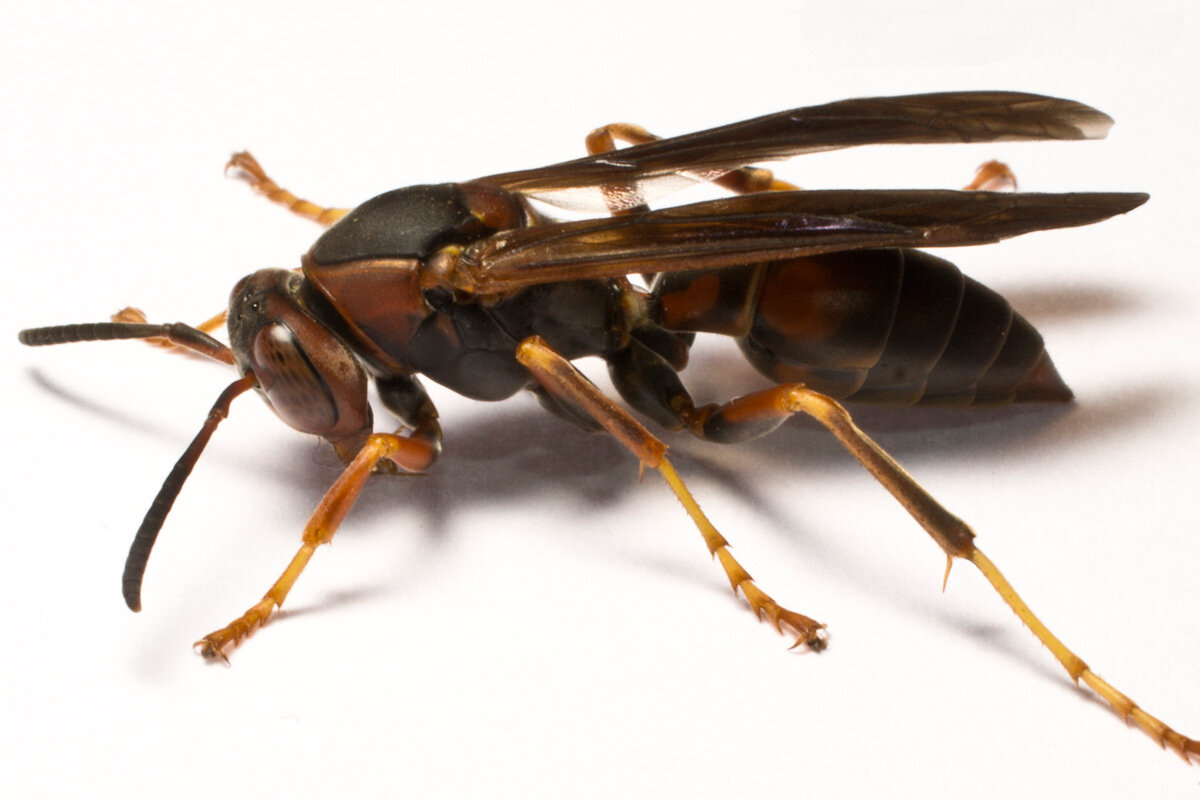
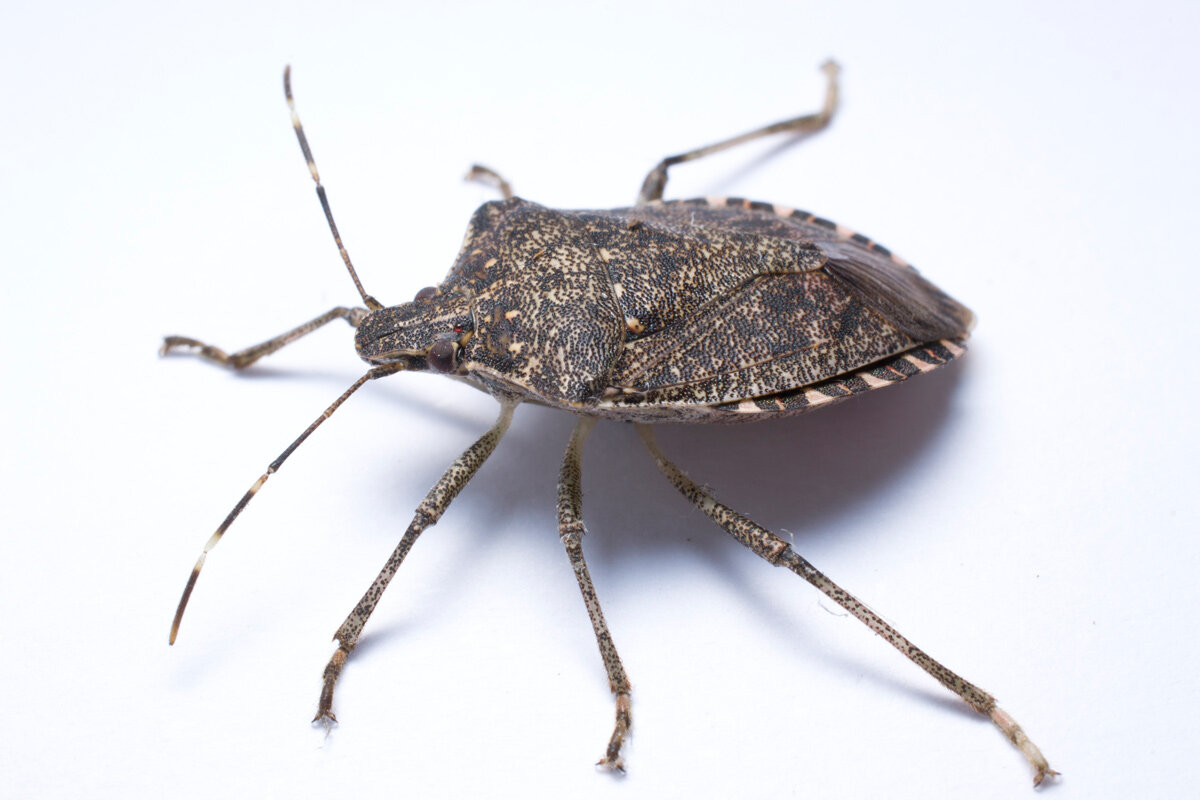
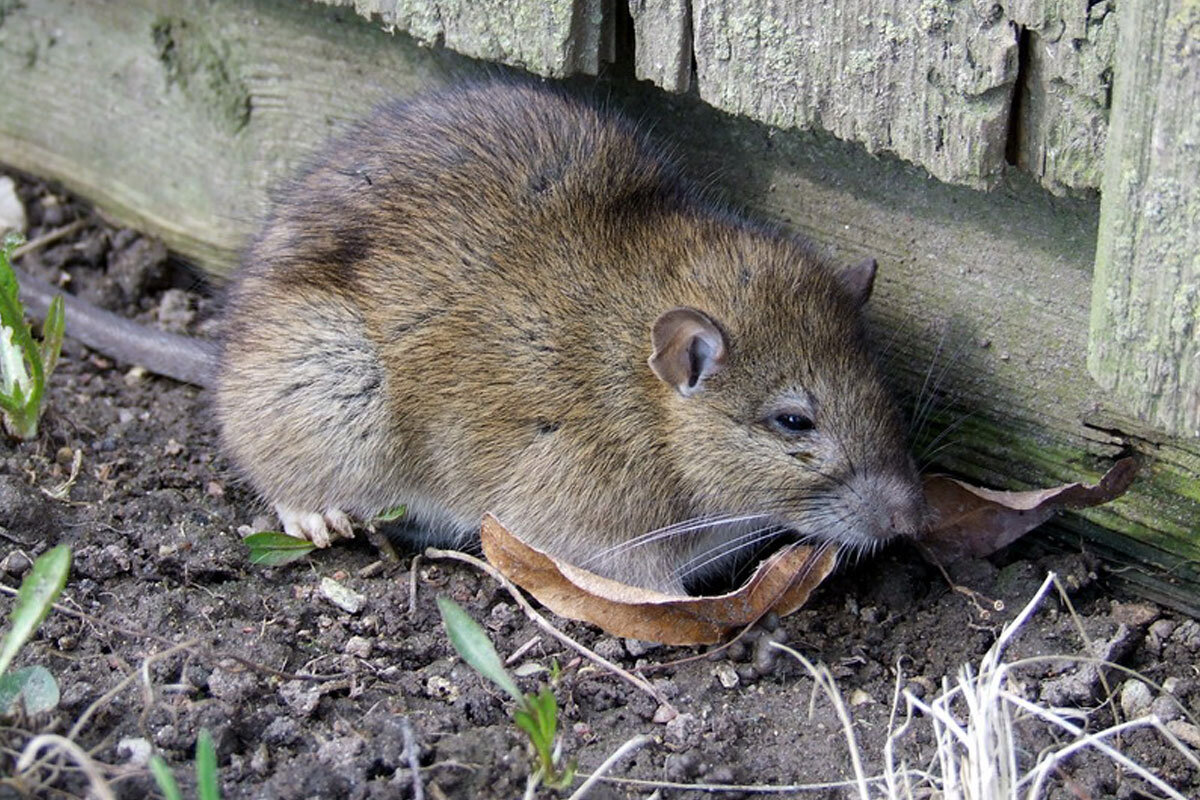
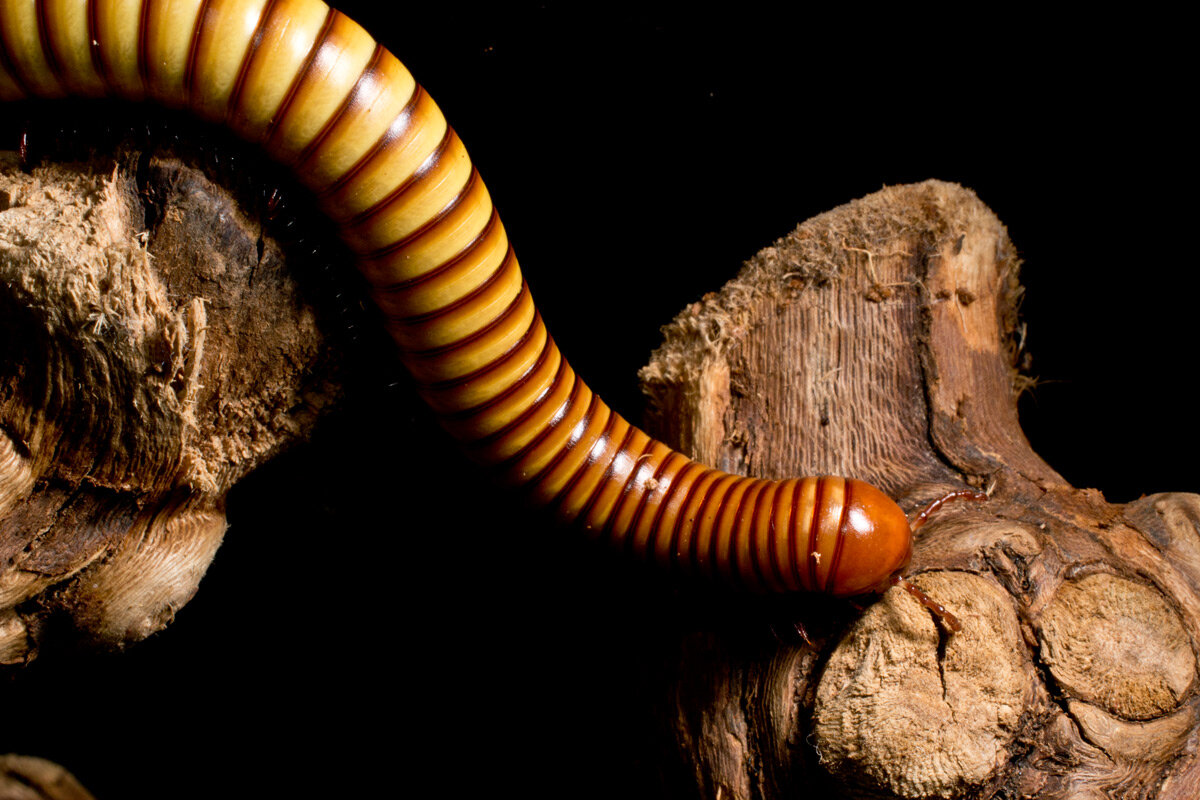
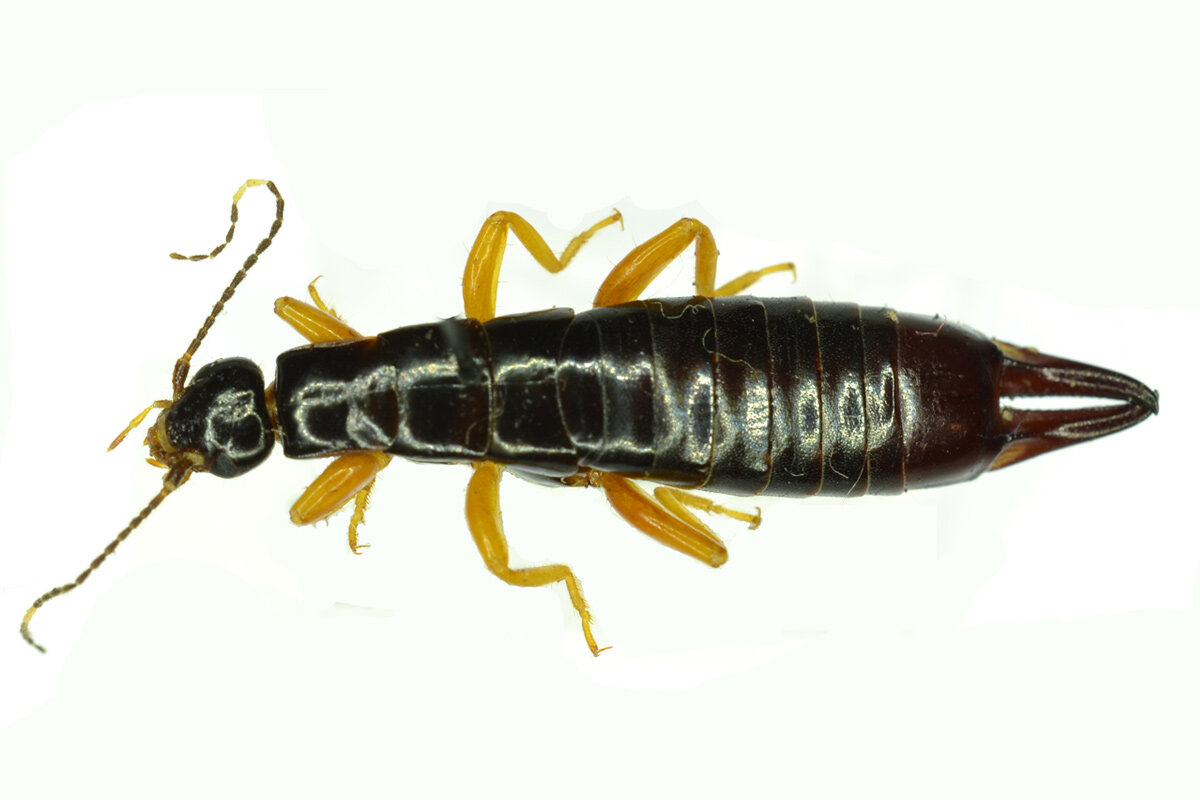
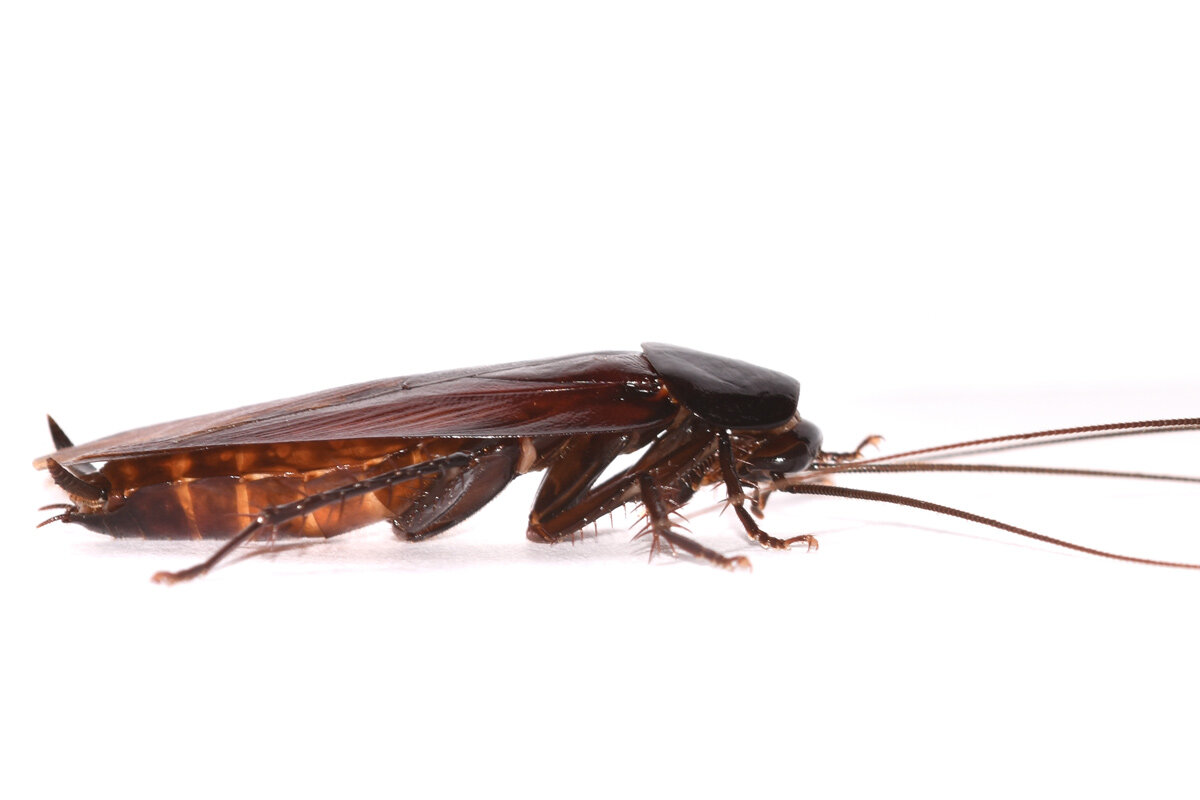
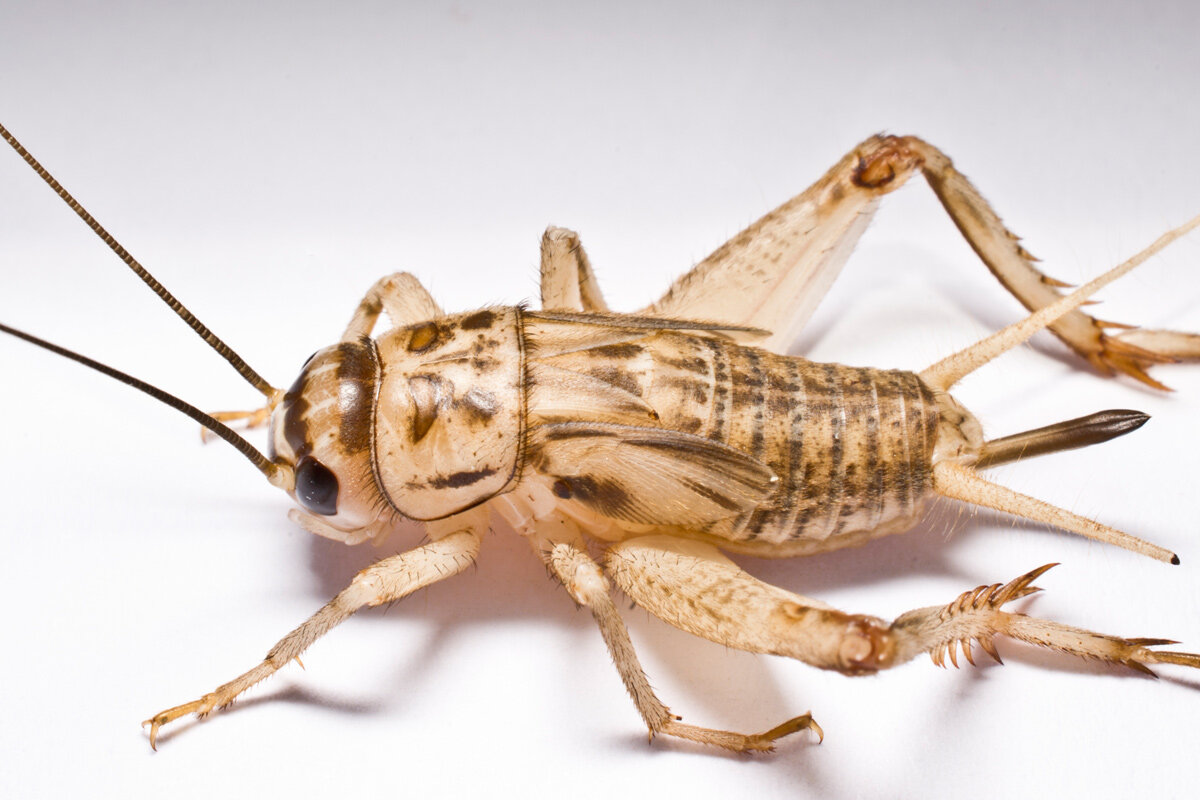
Each service location may face different pest pressures depending on sanitary, structural and environmental factors.
Stank Environmental specializes in eliminating:
Mice
Rats
Mosquitos
Ticks
Fly elimination strategies
Cockroaches
Ants
Crickets
Spiders
Stinging Insects
(Bees / Yellow Jackets / Wasps / Hornets)Occasional invaders + More




